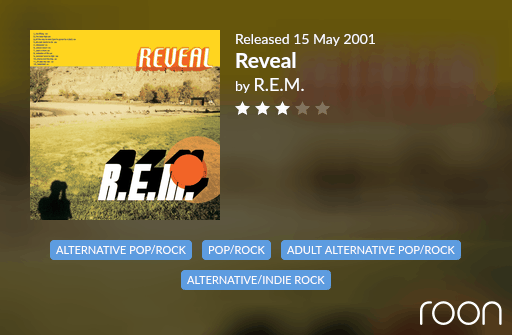

They brought in Blair Cunningham of Haircut 100 to fill in on live shows for awhile, and recruited David Palmer of ABC to drum when they began working on this album in Germany, with producer Gil Norton. Drummer Pete de Freitas had issues with singer/songwriter Ian McCulloch (I know, music historians are saying ‘Who didn’t back then!?’) and had quit the band around the beginning of ’86. They’d scored more of an American audience through their song “Bring on the Dancing Horses” being used in Pretty in Pink. Significant things had happened for them in the time between albums.
Echo and the bunnymen allmusic full#
As such it took a long route to the public’s ears, with some of the songs being played live a full two years earlier and the album being recorded in fits and starts in Germany, Belgium and Britain over quite a stretch of time. It was the Liverpool lads’ fifth album, coming about three years after their highly-praised but medium-selling Ocean Rain. But some people did just that when Echo & The Bunnymen put out their self-titled album this day in 1987. Not many would say that calling on The Doors for an assist or looking to The Stranglers for guidance was what you’d call “selling out” by a band. As Cryptic Rock would put it in words worthy of an Echo song, the album was “another piece de resistance” featuring all the best of the Bunnymen: “Mcculloch’s brooding yet self-assured drawl, (Will) Seargeant’s trademark jangly, melodic, psychedelic-tinged guitar… and (Lee) Pattinson’s basslines that galloped and danced like horses.” They’ll be galloping across British stages this summer and early next year with a number of concerts. If you like the Liverpool band, it’s one to listen to.

Despite McCulloch’s voiced interest in grunge at the time, they thought it sounded familiar “with Mac’s pouting vocals and the band’s brooding accompaniment” but found the songs a bit lacking, grading it a B-.Īlthough they’ve remained active and put out six more studio albums since, it remains the high-water mark for Echo’s second go-round. Rolling Stone graded it 3.5 stars, thinking it a “triumph” for fans and a “stunning comeback.” Melody Maker also considered it a “triumph”, but noted it was singing to the choir, likely only to appeal to their existing fanbase. The more guitar-driven “ I Want to Be There When You Come” from it made the Canadian top 20 and American alternative radio station playlists while the third single, “Don’t Let It Get You Down” became a fan favorite as well.

It also did quite well, being a top 10 hit in the UK where it gave them their first top 10 single since 1984’s “The Killing Moon” : “Nothing Last Forever”. Not only was it a return to something of their classic form, it was a return to commercial success. It showed on their seventh album with the normal lineup, one of their better works to date. The band had been split up for a few years and had lacked a spark since singer/songwriter Ian McCulloch had quit in 1988 and drummer Pete de Frietas died the next year, but the singer said “right from the first demo, we realized that we’d still got that chemistry.”.

After a several year split, they were out with a new album, Evergreen. Resilient like a pine tree coming out of a drought, Echo and the Bunnymen came back on this day in 1997 to the delight of most music fans.


 0 kommentar(er)
0 kommentar(er)
